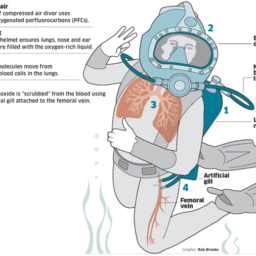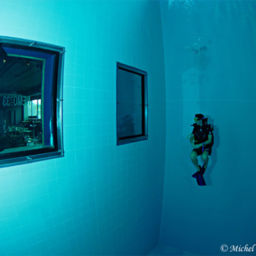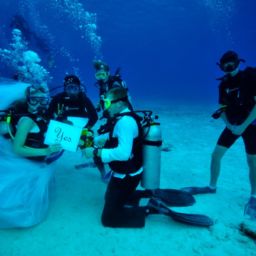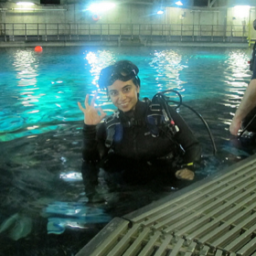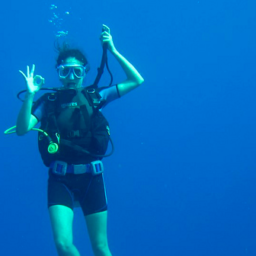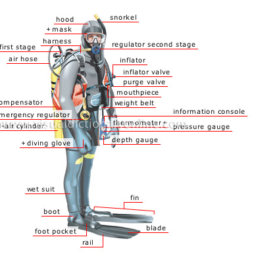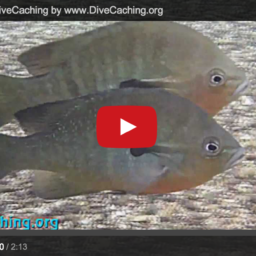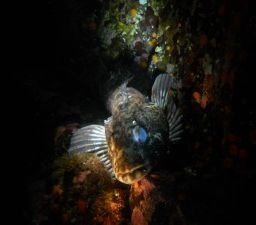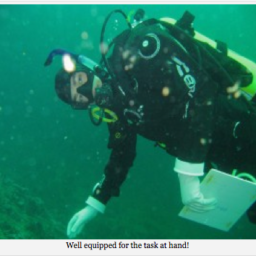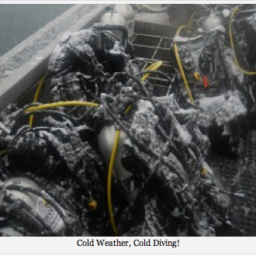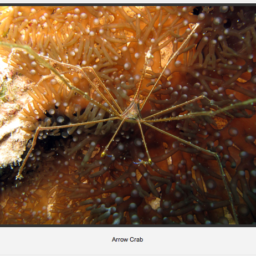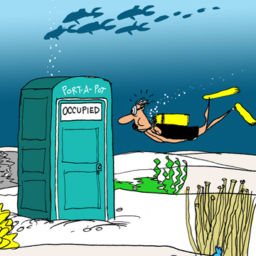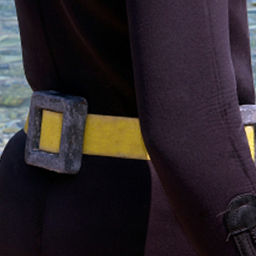After getting their initial certification, many newer divers wonder about the advantages of taking additional specialties. What will they learn? Is it worth the money? Will it really help them? I’d like to speak to some of the specialities that are offered and perhaps answer some of those questions. Let’s start with Peak Performance Buoyancy (PPB).
Requirements for the Class
In order to take Peak Performance Buoyancy, a diver need only be Junior Open Water or Open Water certified.
What You Will Learn
There are several different sets of skills and techniques you will learn during the class. You’ll refresh the buoyancy check taught in open water and review how, when, and why to do them. This will help you learn to better estimate the amount of weight you’ll need for any given dive condition and equipment used, such as salt vs fresh water, and various wetsuit thicknesses.
You’ll learn how to establish neutral buoyancy while descending to avoid the dreaded cratering and how to compensate for changes in buoyancy due to air usage, depth changes, and wetsuit compression. The instructor will teach you how to fine tune your buoyancy and when to use your BCD or your lungs to do so. Weight distribution, trim, and streamlining are discussed and practiced to teach you how to keep yourself horizontal, have better efficiency swimming, and have more comfortable dives all around. Visualization techniques are eventually utilized and the connection between PPB and physical fitness are gone over.
The dives are fun and entertaining as divers practice moving from deeper water to shallow and back again in order to understand and compensate for buoyancy changes. Hoops, rings, and other obstacles are often set up in a course-like style for divers to navigate through, doing their best not to touch anything. Kind of like the diving version of the game Operation but without the nerve-wracking buzzes if you hit the sides. Unless of course your instructor is really sadistic.
How Long The Class Will Take
The class can easily be done in one day since it officially consists of only two dives. The instructor may choose to include additional dives for more fun and/or to fine tune what they’ve taught, but it should still only take a single day to complete.
Where To Take It
Nearly every dive shop that teaches any classes at all can and does teach Peak Performance Buoyancy. You can take it anywhere in the world that teaches PADI classes, and it can be taught in oceans or lakes, cold or warm water. Generally, it’s taught in 30 – 40 feet of water.
Who Should Take It
Quite simply, everyone who hasn’t already mastered buoyancy control should take it. It’s my not so humble opinion that this speciality should be the next class that all newly certified divers take. The Open Water class barely scratches the surface of buoyancy control and PPB class expands those points considerably, helping to transform a clumsy diver into a relaxed and graceful one. The things you learn in this class will help you with your diving forever once you have practiced and mastered them. You will simply need to continue the training by practicing the new skills over and over until they become second nature and your normal dive habits. Aside from already having buoyancy mastered, I can’t think of a good reason someone shouldn’t take this specialty.


